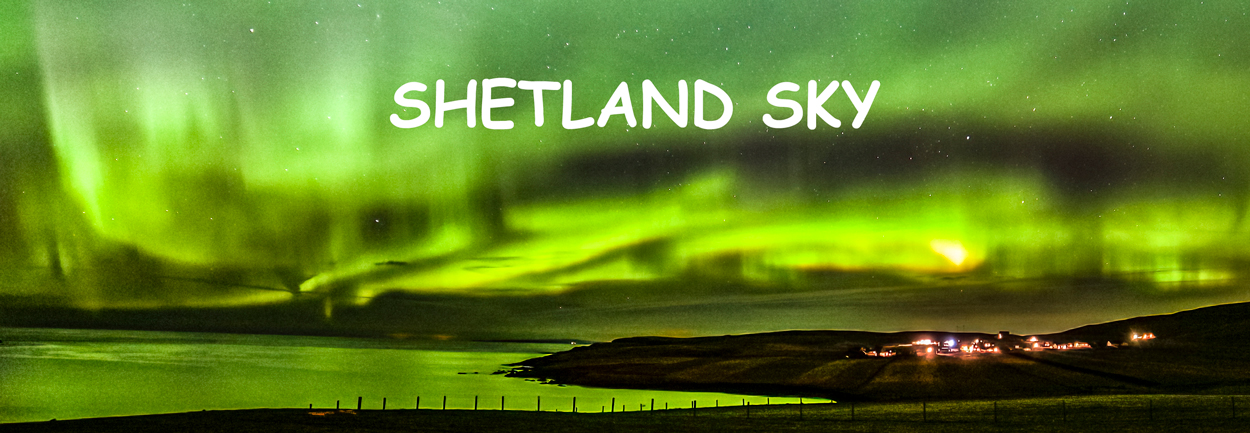Look up and you can see ..........................., well not very often but hopefully some stars. I know i have complained about the weather forecasts recently but will they ever get it right. Again prepared tom go out the other night only to find the weather had closed in an no stars visible, yet the weather forecast was still showing clear skies.
Well for me it makes every session more special, and yes you still have to cope with light pollution where we are and times when the moon is out reducing the dark skies with its torchlight. But when things come together I could stand looking up for hours, its so fascinating.
Now you may think all stars look white but when you take a closer look you see that some are Blue, Red and yellow. These colours are an indication of the surface temperature, just think of an iron bar heating up.First it glows red, then yellow then white hot.
White hot stars emit at Blue and ultra violet wave lengths so they appear Blue.
As the stars are so far way it doesn't matter whether you look through a powerful telescope or through a wide angle lens. They just appear as dots.
Don't forget the earth is moving so the stars need to be photographed within a few seconds, unless you want star trails ( I will cover the techniques in the next blog)
Our Milky Way is made up of 200 billion stars and is visible to the naked eye as a pale band across the sky.
The brightness of a star depends on their true lumimosities and also distance from earth. A stars brightness is termed its apparent magnitude, or its true brightness or absolute magnitude is defined as its magnitude at a distance of 32.6 light years away.
This may not mean alot to you but like all things I photograph i always like to know some information about the subject. One of the most important things about photographing the night sky is where on earth do you look?, well i mean where to look in the sky.You will need to start with a star chart and these are available on the internet, once you have these monthly charts its time to get outside and starting looking up.
You will need to know which direction you are looking at then using your star chart you can plot you way around. When outside you would be best to use a red light as your eyes need to become accustom to the dark skies to have the maximum benefit. Start with the plough its one that most people know, you then can pick up Pole star and star hop to other interesting bits of the sky.






No comments:
Post a Comment